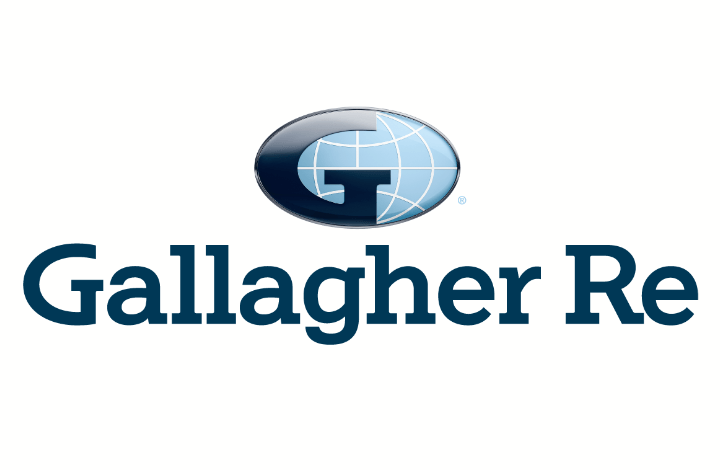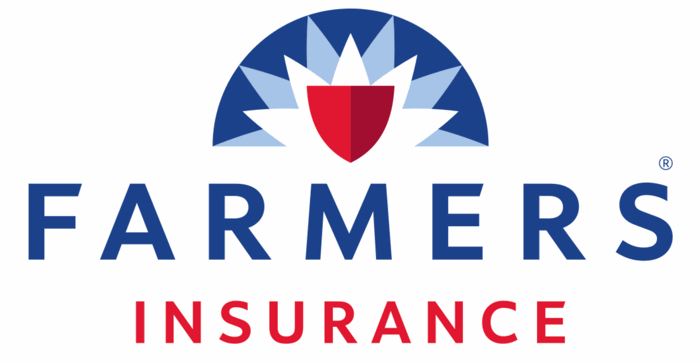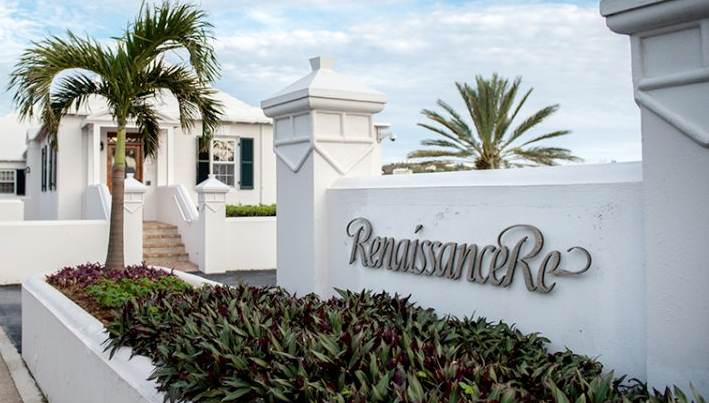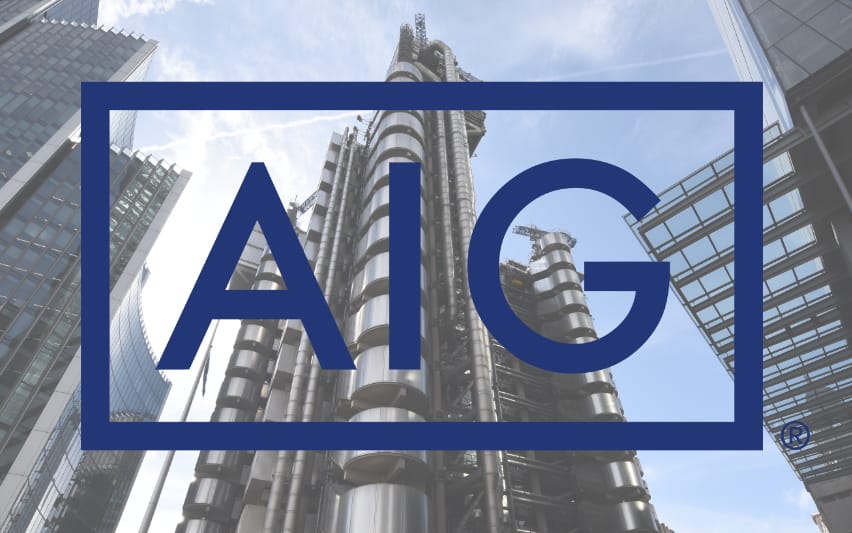
Question: Peter Levy, the head of the Insurance Association of Jamaica is trying to make a case to justify increases in motor premiums in 2020.He has buil this argument on shaky ground.“Insurance companies,” he says,“racked up underwriting losses totalling $570 million over the first half of 2019 – most of it from collisions and bodily injuries.” He is hoping for sympathy for his company’s dwindling bottom line.
These numbers are insufficient to convince anyone that rate increases are in order.The nearly $0.6 billion loss does not necessarily have anything to do with 2019.The amounts estimated to pay claims in future years were not enough.
The under-reserving created profit in past years.Had insurers done their job properly, more accurate reserves would have been estimated.Bodily injury claims are problematic.
They take many years to settle.Mr Levy’s assertion that insurance companies already know the extent of 2019’s bodily injury claims is offensive.I don’t believe that the companies have reserved anything close to what will be required for personal injury claims for 2019.
Where is the FSC in all of this? In more advanced countries, insurers must furnish regulators with rate filings, supported by evidence and actuarial analyses, before new rates are approved.This prevents any old rubbish from being shoved down the public’s collective throat.When a company does not reserve enough in a financial year it means big profit to shareholders and top management come Christmas time! – [email protected].
Answer: I also wondered about the motives of IAJ’s head after reading The Gleaner’s December 3, 2019, lead story: “Cash Crash – Collisions To Drive Up Premiums As Insurers Rack Up Half A Billion In Losses From Road Carnage.” Was he giving consumers a signal that motor insurance premiums were being increased in 2020? American politicians and communication experts would call his action trying to“ control the narrative” or “getting ahead of the story.” I agree totally with your main point.The information that Mr Levy supplied in the article when viewed in the context of other market developments was not sufficient to justify the price rise.On September 18 last year, this newspaper reported that General Accident Insurance Company Jamaica Limited, an IAJ member, “acquired a 55 per cent stake in Trinidadian motor insurance company Motor One Insurance.” The report also said that GA “recorded double-digit increases in quarterly profits.” “Up to June 2019, the insurance company recorded after-tax profits of $135.28 million, 39.8 per cent more than the $95.44 million earned for the similar period in 2018.A quarter before that, the company raked in profit after tax of $285.4 million, a $64.2 million, or 29 per cent, improvement over its 2017 first-quarter results.” How do these numbers square with the dismal, admittedly industry-wide picture that Mr Levy painted nearly three months later and GA’s Trinidad acquisition? I was very reluctant to wade into this debate because [email protected] was unwilling to reveal his/her identity.
He/she, however, gave permission for me to share the email with Mr Levy who commented as follows: “Your reader is correct.The increase in incurred claims recorded in the first half of 2019 may (wholly or partly) arise from under-reserving from prior years.However, even if that turns out to be the case, those claims still must be funded.If we did not collect enough premium in prior years to pay for them, we must adjust our premiums to collect it now.
In addition, increases in prior year claims are indicative of future losses, so they must be considered in pricing decisions for the future.“It is also true that 2018’s numbers contained some claims from 2017, and so on.Actuarial techniques look back 10 years and factor these lags in by working with the ultimate loss, that is, the final cost of the closed claims for each year of occurrence.
It is normal that every financial year includes changes arising from prior years.In that context, a negative $742 million swing from $169 million underwriting profit to $573 million loss is cause for concern.“I will happily go on record as accepting that there is no certainty that motor insurance prices will go up based on a poor six months.
Whether or not they do will depend on a number of factors, including: – What happens to claim costs for 2019 as a whole; – Companies’ abilities to use other tactics such as risk selection to improve results; – The amount of appetite for growth among motor insurers; – The extent to which insurers believe that implementing the revised Road Traffic Act may improve things; – The relationship between motor vehicle values and repair costs; and – The investment returns secured by insurance companies “I think it is helpful for consumers to be aware of the environment in which we are operating, and I hope that the original article, the excellent questions raised by your reader, and my additional observations here will be useful to raise that awareness.” In Part II of this article next week, I will share Levy’s and my views about the issues relating to whether the insurance regulator should be required to supervise rate adjustments for the motor insurance industry.Price rises for motor insurance during 2020 are not guaranteed.If you want to save money, shop around.
– Cedric E.Stephens provides independent information and advice about the management of risks and insurance.For free information or counsel, write to: [email protected].
Publisher: E-Insurance News








